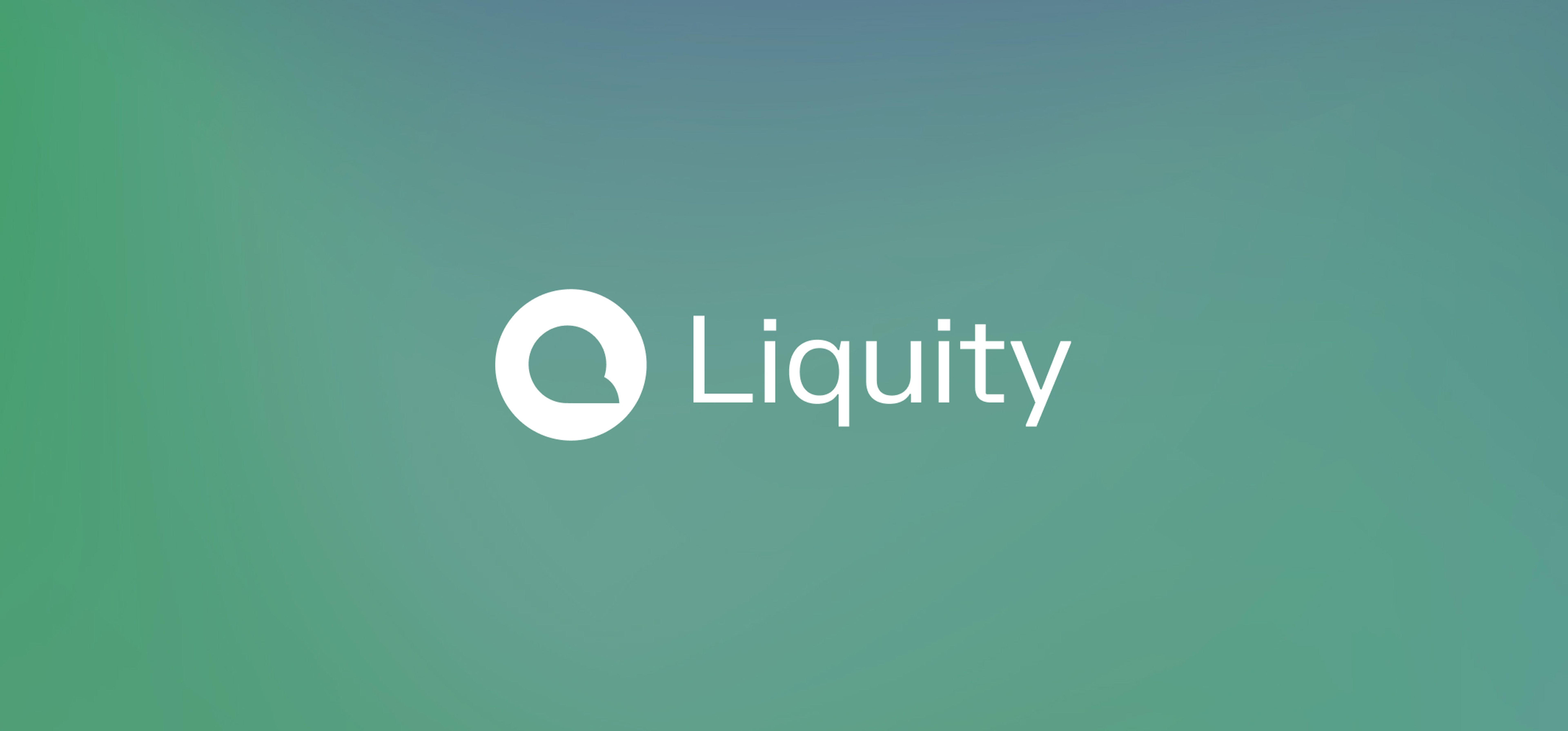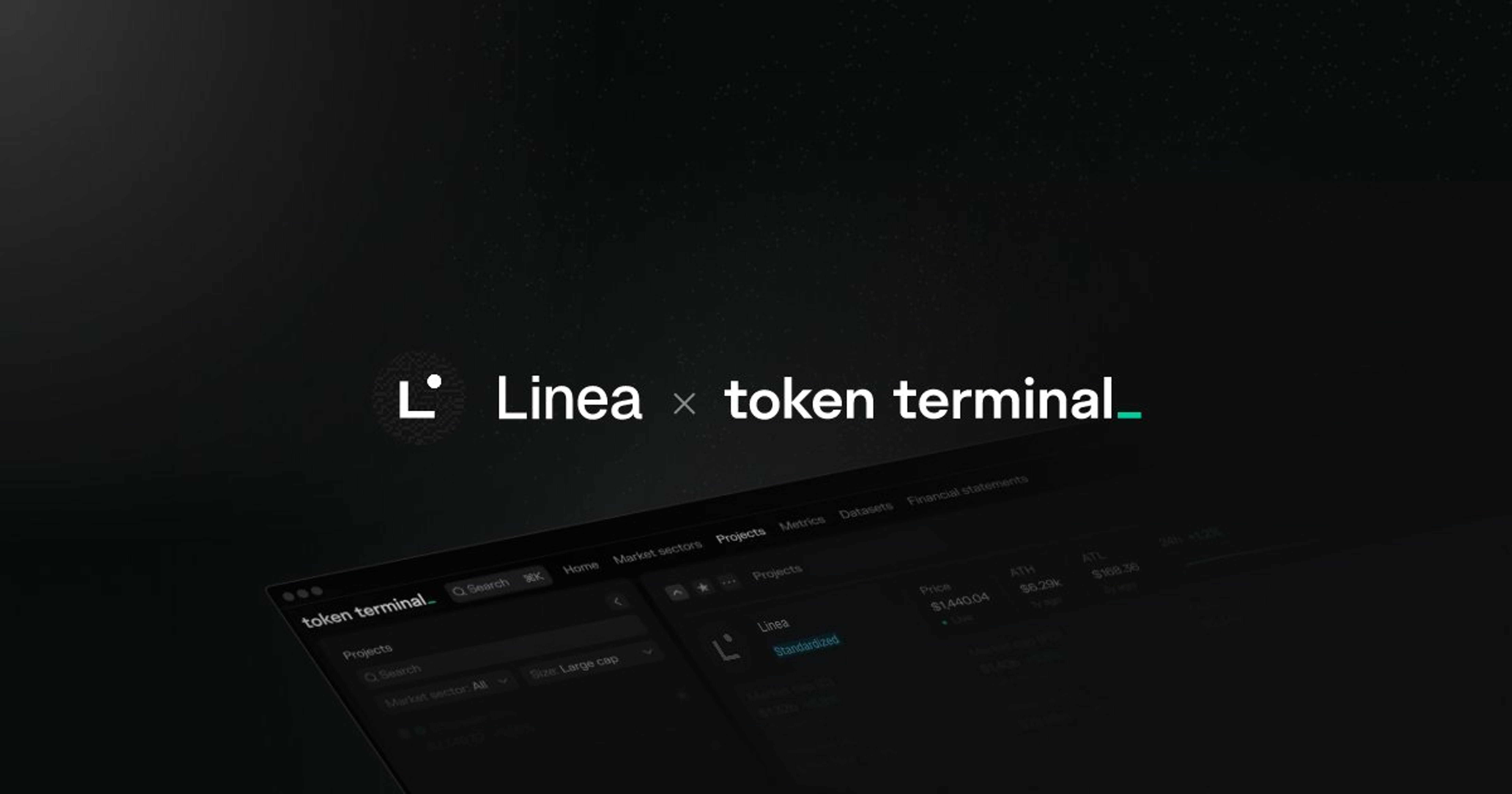
In this series, we break down the business of a crypto project and learn about the drivers behind the data you see on Token Terminal's charts.
Watch the full interview on YouTube, listen to the audio version on any podcast platform, or read the write-up below.
Below is a write-up of our discussion about the current state of Liquity with COO Michael Svoboda (edited for clarity).
This interview was recorded on April 12th. Some information has been updated to reflect the current state of Liquity.
Q: Could you give a quick intro to Liquity for those not yet familiar?
Liquity is a borrowing protocol that allows users to draw loans against ETH collateral. There are two main use cases. Firstly, people don't want to sell ETH to buy things so they provide their ETH as collateral and take out a loan in LUSD, our stable coin. By doing this you could e.g. buy a car or finance a house without having to sell your ETH. The other use case is for traders that want to leverage their position to either yield farm or get a larger exposure to ETH.
Liquity’s main differentiators from other borrowing protocols are our loan conditions and capital efficiency. We only charge a one-off fee of 0.5%, and our minimum collateral ratio is 110%. This means that you could, in practice, leverage up to 11 times – even though I wouldn’t recommend it. Liquity is also fully immutable, so our terms and conditions can't change.
Q: Can you walk us through Liquity's business model and how you're generating cash flow at the moment?
Liquity launched in April 2021, and has generated almost 29 million USD in revenue to date. We generate this revenue mainly via issuance fees, so every time a user borrows against their ETH they pay a 0.5% one-time fee.
There’s also an additional source of revenue called the redemption fee. Anyone holding LUSD that wants to redeem ETH at a 1 LUSD = 1 USD ratio pays a fee to redeem. This redemption fee is part of our peg mechanism and is completely separate from paying back the debt itself. Borrowers don’t pay any fees for repaying a loan.
Q: What do you see as the pros and cons of a one-off fee model compared to other mechanisms?
One-off fees are quite great if you ask us. Imagine asking your bank for a one-off fee on your loan – this is something that's unheard of! The cool thing is that you have fixed costs, so you can lock in quite an attractive interest rate compared to other borrowing and lending protocols, where the variable rate is typically between 3-4%. Variable rates also come with uncertainty, as the rate can spike higher at any time based on market conditions. The predictability of a one-off fee is definitely the biggest pro.
The con is that for short-time loans a variable interest rate can be more attractive. Say you want to take out a loan for one month; a 0.5% one-off fee would be more expensive than a variable APR of 3-4% for one month.
Q: How do you internally rate your performance since Liquity's launch last year?
We are happy with what our team and the Liquity protocol have achieved since launch. We’ve issued more than 4 billion USD in loans, and we were top 20 by both protocol revenue and TVL on Token Terminal for quite a while. However, our growth curve has been somewhat flat as we've mainly relied on organic growth. Going forward we will be focusing more on actively growing our borrowing volume as well.
To give an example, we are starting to collaborate with institutional, regulated CeDeFi players that hold customers' funds. These players directly interact with Liquity to provide their clients fiat loans sourced out of DeFi. We see this as somewhat low-hanging fruit for Liquity, and a great growth opportunity. As we are fully decentralized and have no real counterparties, these partnerships are also quite interesting from a regulatory point of view.
Q: What are the main drivers right now for LUSD adoption? Do you see increasing institutional demand with these upcoming partnerships or is it something else?
Initially, it was retail adoption and especially the opportunity to earn lucrative interest rates on LUSD in our stability pool. Institutional adoption will be a more long-term thing that takes time to build. We’ve started working with DAOs, where we saw nice uptake with FEI and Olympus adding LUSD to their balance sheets. We hope to see that even more DAOs start to use LUSD for payments to contributors. We're also working with exchanges like Gemini, where LUSD was recently listed, so people have an easily accessible fiat off-ramp.
LUSD is also one of the most censorship-resistant stable coins, which is interesting for DAOs and contributors as it doesn't have any dependency on the real world — unlike other stable coins.
Q: Could you explain the role of token incentives within the Liquity ecosystem?
We have two main incentive mechanisms in place. The first is for stability providers, who help us liquidate loans. These users deposit funds into the protocol that are ready to be used for liquidating loans. Stability providers make liquidation gains and receive early adopter rewards in the form of LQTY tokens. This system is different from what you would see on e.g. MakerDAO, where funds are auctioned off. Having funds ready in the protocol for liquidations allows us to be very capital efficient with a minimum collateral ratio of only 110%.
The other incentive mechanism is for those providing a web interface to end-users, enabling interaction with the Liquity protocol. For this service, frontend operators are rewarded with a share of the LQTY tokens their users generate (rewards are awarded to stability pool depositors and then proportionally shared between the users themselves and the frontend operator).
Q: You emphasize decentralization and immutability as core values of Liquity. Do you have any sort of governance system in place?
No. There's no reason to have one if you're fully decentralized. Everything is immutable, and can’t be changed.
Q: What is Liquity’s current collateral composition and are you looking at any ways of adding new collateral types in the future?
Right now we only take ETH as collateral. This is for the sake of being truly DeFi native and having no exposure to assets that could be frozen — like real-world assets, etc. And as we’re immutable, the current version of Liquity is what you get. We do think there are several other exciting collateral types, that we are looking into, but any changes to the current protocol would need to be done in another version of Liquity. We need to think of updates as you would with e.g. Uniswap; if you want to improve something, you create a new version.
In general, we are following what others are doing and especially what users are demanding. For example, a clear need we currently see is related to staked ETH.
Q: Are you looking to expand outside of Ethereum?
Partially, yes, but it's a bit difficult with stable coins. When you issue a stable coin it needs to be fungible, and you don't want to spread the risk on too many different chains and bridges. Were being very careful with this to keep the system solid.
The main route we're looking into is collaborating with Layer 2s and bridges to bring LUSD to other chains, but not our main borrowing system. For example, there's an interesting approach we're exploring with Aztec on how they could borrow on mainnet and cheaply access the funds on a Layer 2. This kind of expansion is what we’re putting most of our focus on.
Q: How do you view the competitive landscape?
MakerDAO is a dominant player in the stable coin market, and probably closest to Liquity. But there are clear differences between our models related to collateral types and immutability.
Our biggest differentiator is having 0% interest loans, which will become even more attractive if interest rates start to increase.
Q: What do you think about algorithmic stable coins?
It's an interesting area, but also very difficult if you want to get it right. We have seen that in the past with purely algorithmic stable coins failing. I'm sure we'll see a lot – or most of – the innovation happening in partially collateralized stable coins. It’s hard to say how these will work in the long run and only time will tell what happens in the case of a bank run etc.
Q: What's next for Liquity?
We’ve been exploring a lot of ideas to improve borrowing and lending, so we're always looking to innovate and find new solutions. Before releasing any new products we want to introduce something that benefits the entire Liquity ecosystem. We’ll be sharing more on that later this summer. Other than that, the team is working heads down on improvements to the existing Liquity system.
Liquity announced its Community Grant Program on June 10th. The program rewards any community contribution that helps raise awareness, adoption, usability, etc. 3 000 LQTY tokens will be distributed every month.
The interview concluded.
Make sure to check out Liquity on Token Terminal and subscribe to our YouTube channel so you don’t miss any episodes.
The authors of this content, or members, affiliates, or stakeholders of Token Terminal may be participating or are invested in protocols or tokens mentioned herein. The foregoing statement acts as a disclosure of potential conflicts of interest and is not a recommendation to purchase or invest in any token or participate in any protocol. Token Terminal does not recommend any particular course of action in relation to any token or protocol. The content herein is meant purely for educational and informational purposes only, and should not be relied upon as financial, investment, legal, tax or any other professional or other advice. None of the content and information herein is presented to induce or to attempt to induce any reader or other person to buy, sell or hold any token or participate in any protocol or enter into, or offer to enter into, any agreement for or with a view to buying or selling any token or participating in any protocol. Statements made herein (including statements of opinion, if any) are wholly generic and not tailored to take into account the personal needs and unique circumstances of any reader or any other person. Readers are strongly urged to exercise caution and have regard to their own personal needs and circumstances before making any decision to buy or sell any token or participate in any protocol. Observations and views expressed herein may be changed by Token Terminal at any time without notice. Token Terminal accepts no liability whatsoever for any losses or liabilities arising from the use of or reliance on any of this content.
Stay in the loop
Join our mailing list to get the latest insights!
Continue reading

Customer stories: Token Terminal’s Data Partnership with Linea
Through its partnership with Token Terminal, Linea turns transparency into a competitive advantage and continues to build trust with its growing community.

Introducing Tokenized Assets
Token Terminal is expanding its standardized onchain analytics to cover the rapidly growing category of tokenized real-world assets (RWAs) – starting with stablecoins, tokenized funds, and tokenized stocks.

Customer stories: Token Terminal’s Data Partnership with EigenCloud
Through its partnership with Token Terminal, EigenCloud turns transparency into a competitive advantage and continues to build trust with its growing community.